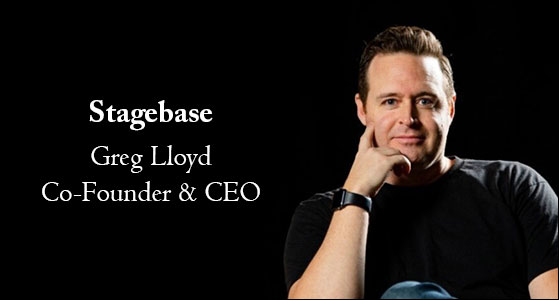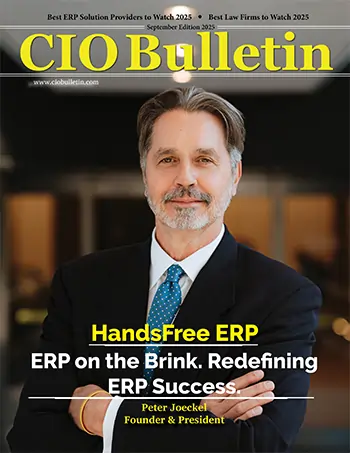CIO Bulletin

What’s the difference between knowing how to drive an old Ford Pinto around the block and winning a Formula One race? Training, practice, and the right tools. It’s the same with the engagement process of the customer journey. If the initial adoption and training was giving customers the keys to the car and getting them set up with the system, then engagement is teaching them how to win the race. That means leveraging training and the technology to reach their desired outcome. Engagement is the most crucial part of the customer journey and your chance to create a champion of your product or service for life. When you win at engagement, renewal is all but guaranteed. But too often companies and Customer Success (CS) teams take a backseat approach to engagement and miss the chance to build powerful relationships that turn their customers into power users. To win at engagement, you have to identify the features your customer must master to become a power user. Walking them through those features requires creating a strategic, scalable plan. Going into engagement without a plan is like taking a drive without a map or GPS. You’re much more likely to get lost and miss out on great views and opportunities because you’re too busy figuring out where to go.
Unlike other departments that can track their success with hard quotas, customer success is relatively ambiguous. But that doesn’t mean that CS efforts aren’t crucial to a company’s success. In fact, companies that prioritize customers bring in 5.7x more revenue than their laggard competitors. Proving the value of CS requires tracking metrics. Measurement also pinpoints areas of improvement for CSMs, which improves customer relationships and helps customers see the full value of the product. There are various and countless potential CS metrics, each with its own validity and reasoning.
Stagebase is one such intuitive, purpose-built customer success platform. They help customer success managers win at every stage, from onboarding and adoption to engagement and renewals. Unlike heavy analytics platforms that report past results and create a reactive mindset, Stagebase takes a proactive approach. By automating customer communication, providing real-time customer insights/analytics, and standardizing execution, They give CS leaders and their teams the ability to design, refine and consistently deliver the right experiences for the right customer outcomes at scale. Put your customers on the path to success from the start instead of trying to recover with discounts and promises.
Unique factors that make Stagebase distinct
Design: Design the perfect onboarding process and experience for your clients. Create internal and client-facing templates with tasks, checklists, resources, and training with their easy-to-use designer. Remove time-intensive communication work by automating; email communication, reminders, and updates for clients.
Manage: Using Stagebase gives you a collaborative workspace so that your teams and your clients are always on the same page. Client management teams have a map to monitor and guide clients through onboarding. Clients have clear and visible access to know what they are responsible for, eliminating missed expectations and questions about what’s next, so you get the fastest time-to-value.
Improve: Onboarding is the most critical part of the client lifecycle. With Stagebase you know precisely where you need to improve your process to provide the best client experience, gain efficiencies for your team, and achieve the shortest time to onboard clients
Automate Client Communication: With integrations with Salesforce, Hubspot, and more, you can improve efficiencies and scale by automating the assignment and kickoff of onboarding projects based on criteria from external tools and data sources. Eliminate the time-intensive activities of chasing, updating, and progressing clients through the onboarding process with automated notification, update, and in-process email communications.
Creating Engaged Customers and Product Champions through Robust Client Onboarding Services
Customers can tell the difference between CSMs who are engaged and those who are burnt out. Employees who are valued and empowered at work want to provide better service and proactively build relationships to help customers see the product’s value. Being a successful CSM, especially in the software space, requires balancing technical skills with relationship-building. That skill set can be hard to find, so when you find it, you have to keep those employees because they can easily take their talents to companies that treat them better. Driving customer satisfaction and success requires focusing on the CSM experience. And as the market becomes more volatile and competitive, you can’t afford not to focus on your people. CSMs and customers won’t stick around if they aren’t valued. Investing in your people and putting them first will naturally get the most out of your CSMs.
Product Adoption Milestones: How a customer uses the product can indicate their engagement with the brand. What three to five actions do customers need to reach to be successful? These specific milestones vary by company but should be decided by the CS team to define a successful account. To determine the more critical product usage metrics, look at what long-term customers do well or how the company wants customers to use the product. It’s important to understand the benchmarks of product adoption to allow you to truly understand what shows success in the tool and what shows intervention is needed. These metrics can include anything from tracking how many internal users a customer adds to their account or how many documents it uploads to a system. Tracking these critical product usage components keeps customers on the path to integrating your product in an operational way. Stagebase notices a customer has stalled out on reaching one of these benchmarks, and intervenes to help the customer stay on their journey to full value and contract renewal.
Executive Business Engagement: Successful CS teams regularly meet with customers and involve executives to check status reports. These executive business reviews are a powerful gauge of a customer’s engagement and path towards full value. The cadence of the meetings varies depending on the type of client and bandwidth of the CS team. But no matter the frequency, EBRs are an ideal time to discuss strategy with the customer, showcase the improvements the product has made to their business, and sell additional features if necessary. Simply tracking if these meetings are happening can indicate a customer’s engagement level. Getting Stagebase's CSM and executive feedback after the meeting with a simple thumbs up or down can chart a customer’s strength and signal if they are headed in the right direction. Just like every customer is unique, so too is Stagebase. The specific KPIs may vary depending on the size and resources of your CS team, the number of customers, type and complexity of the product, executive buy-in, strategic vision, and myriad other factors.
Greg Lloyd | Co-Founder & CEO







